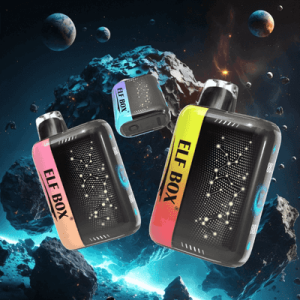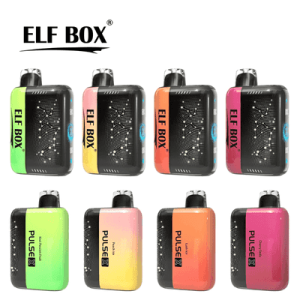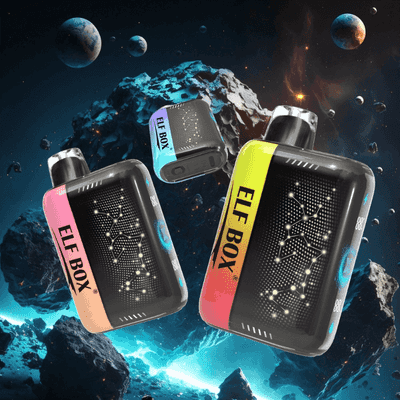The Ultimate Guide to Vape Battery: Power, Safety, and Longevity for Your Vaping Experience
Your vape mod is sleek, your tank is full of delicious vape juice, but the true heart of your vaping setup lies within its vape battery. Often overlooked, choosing the right vape battery and understanding how to care for it is absolutely critical for performance, safety, and device longevity. This comprehensive guide dives deep into everything you need to know about vape batteries, empowering you to make informed decisions and vape battery with confidence.
Why Your Vape Battery Choice Matters More Than You Think
It’s tempting to grab the cheapest vape battery available or assume all cylindrical cells are created equal. This is a dangerous misconception. Vape batteries are high-drain lithium-ion cells designed to deliver significant power bursts quickly – unlike the low-drain batteries in your TV remote. Choosing incorrectly can lead to:
- Poor Performance: Weak vapor production, slow ramp-up time, inconsistent hits, or your mod cutting out prematurely.
- Reduced Battery Life: Needing to recharge constantly because your battery can’t handle the demand.
- Device Damage: Overstressing your mod’s chipset or internal components.
- Significant Safety Hazards: The most critical concern. Using an unsuitable or damaged battery can lead to catastrophic failures like venting (hot gas release), thermal runaway (uncontrolled overheating), fires, or even explosions.
Demystifying Vape Battery Types & Sizes
The vaping world primarily relies on removable 18650 batteries, 21700 batteries, and 20700 batteries. Integrated internal batteries (like those in pod systems or some beginner mods) are also common but non-removable.
18650 Batteries: The long-standing workhorse.
- Dimensions: 18mm diameter, 65mm length.
- Pros: Widest availability, compatible with a vast range of mods, generally lower cost.
- Cons: Lower capacity (mAh) and amp limits compared to newer, larger sizes. Often requires using two in dual-battery mods for high power.
- Best For: Mid-range wattage vapers (typically up to 60-75W per battery), single or dual-battery mod users prioritizing compatibility.
21700 Batteries: The rising star, increasingly popular.
- Dimensions: 21mm diameter, 70mm length.
- Pros: Significantly higher capacity (mAh) and higher continuous discharge ratings (CDR) than 18650s. Means longer life per charge and ability to safely handle higher wattages. Often allows for powerful single-battery mod setups.
- Cons: Slightly larger and heavier than 18650s. Not compatible with mods designed only for 18650s (though many modern mods support both with adapters).
- Best For: Higher wattage vapers (can often handle 80-100W+ per battery), those wanting longer battery life, users of single or dual-battery mods where compatibility exists.
20700 Batteries: A middle ground, less common than the other two.
- Dimensions: 20mm diameter, 70mm length.
- Pros: Better performance than 18650s but slightly smaller capacity than 21700s.
- Cons: Less widely available than 18650s or 21700s. Often superseded by 21700s in popularity.
- Best For: Users whose mods specifically require 20700s or those finding specific deals, offering a balance where needed.
Integrated Internal Batteries:
- Pros: Convenient (just plug in the mod), no need to buy separate batteries/chargers, generally simpler for beginners.
- Cons: Fixed lifespan (degrades over time), cannot be swapped out when dead, entire device is unusable while charging (unless pass-through vaping is supported), limited max power potential compared to high-end removable battery mods.
- Best For: Beginners, low-to-mid wattage vapers, those prioritizing simplicity over long-term flexibility.
Decoding Vape Battery Specs: mAh, CDR, and Voltage
Understanding these specifications is non-negotiable for safe and optimal vaping:
- Capacity (mAh – Milliampere-hours):
What it means: How much charge the battery holds. Think of it like the size of your fuel tank.
Impact: Higher mAh = longer time between charges. However, very high mAh batteries often (but not always) have lower CDR ratings. Finding the right balance is key.
- Continuous Discharge Rating (CDR – Amps):
What it means: The MOST IMPORTANT spec for safety. It indicates the maximum constant current (in Amps) the battery can safely deliver without overheating or becoming dangerous.
Impact: This rating MUST exceed the maximum current drawn by your vape mod. Using a battery with a CDR lower than your mod demands is extremely hazardous. Ignoring CDR is the primary cause of battery failures.
- Nominal Voltage:
What it means: The average operating voltage of the battery. Lithium-ion cells are typically 3.6V or 3.7V nominal. A fully charged battery reads ~4.2V, and a depleted one is ~3.0V (mods usually cut off around 3.2V-3.4V).
Impact: Mods regulate this voltage to provide the wattage you set. Understanding the range helps interpret battery level indicators.
Choosing the Right Vape Battery for Your Needs
- Identify Your Mod: What size does it take (18650, 21700, 20700)? How many batteries?
- Determine Your Wattage Range: What wattage do you typically vape at? Use the Ohm’s Law calculation guide above to estimate your Amp draw.
- Prioritize CDR: Choose a battery from a reputable brand with a CDR exceeding your calculated Amp draw. Safety first!
- Balance Capacity (mAh): Once you have batteries meeting your CDR requirement, choose vape battery with the highest genuine mAh rating within that CDR range for longer runtime.
- Consult Reliable Sources: Refer to independent test data from trusted reviewers like Mooch (look for his blog, ECF forum posts, or YouTube channel – search “Mooch battery chart”). His tests reveal the true CDR and performance of batteries, as manufacturer claims are often exaggerated.



Your vape battery is not just a component; it’s the source of energy that makes your device function. Treating it with respect, understanding its limitations, and prioritizing safety is fundamental to a positive and secure vaping experience. By investing in authentic, high-quality batteries from reputable sources, adhering strictly to safety protocols (especially using undamaged wraps and cases), respecting CDR limits, and following proper care guidelines, you ensure not only optimal performance and longevity but, most importantly, your safety and the safety of those around you. Never compromise on battery safety – the stakes are too high. Vape smart, vape safe!
